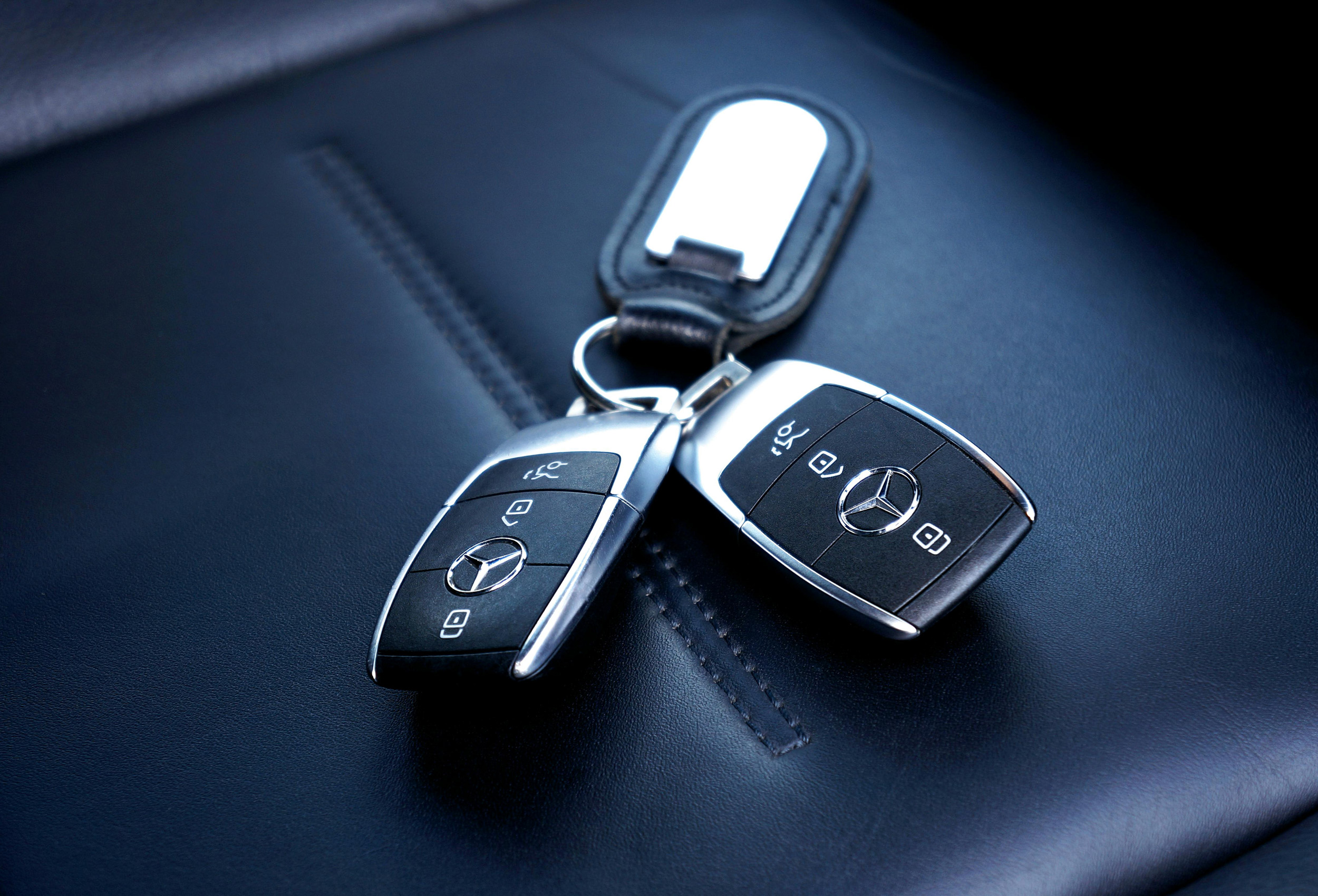Upgrading your car radio can transform your driving experience. From better sound quality to advanced features like Bluetooth and touchscreen interfaces, a new car radio offers a host of benefits. Whether you’re looking to modernise an older vehicle or personalise your audio system, knowing how to handle the installation process efficiently can save both time and money. This guide walks you through everything you need for a smooth installation.
Tools and Materials Needed for the Job
Before beginning, it’s important to gather the necessary tools and materials. Having the right equipment on hand makes the process simpler and reduces the risk of mistakes. You will need a set of screwdrivers, wire cutters or strippers, and a panel removal tool to safely access components of your dashboard. Additional items such as a wiring harness (specific to your car’s make and model), crimp connectors, and electrical tape are essential for connecting and securing the new radio. Preparation is key, so ensure you have these materials readily available before you start.
Preparing Your Car for the Installation
One crucial step before you begin involves disconnecting the car’s battery. This prevents electrical shorts and ensures your safety when handling the car’s wiring system. To do this, locate the battery under the bonnet and detach the negative terminal using the correct-sized spanner. Once the power is disconnected, move on to removing the existing car radio.
Accessing the old radio often requires taking off sections of your dashboard. Carefully pry open the panel using a panel removal tool. Be mindful of clips and screws that might be hidden to avoid damage. Many factory-installed radios will be secured with brackets or screws that need to be undone before you can pull the unit out. Retain these screws or brackets as they may be needed when fixing the new radio in place. With the old unit removed, you’re ready to install your upgraded system.
If you want to upgrade your car’s sound system or replace a faulty unit, professional installation ensures quality and reliability. To find trusted local services, it’s best to search on Google using the keyword “car radio installation near me“.
The Installation Process Explained
With the old system out, start by examining the wiring harnesses that came with your new car radio. Most modern radios use standardised colour-coded harnesses that make connectivity straightforward. Match each wire from the car’s audio system to the corresponding wire on the new radio harness, such as those for power, ground, and speakers.
Next, securely connect the wires using crimp connectors or soldering, and insulate them with electrical tape to prevent short circuits. If your vehicle’s factory wiring doesn’t align with the new radio’s harness, an adapter designed for your car model will simplify integration. Carefully arrange the wires so they don’t obstruct other components when the unit is inserted into the dashboard.
Once the wiring is complete, slide the new radio into the opening in your dashboard. Fix it in place using the screws or brackets saved from the old unit, ensuring a snug and stable installation. Turn the ignition key to test the radio before reinstalling the dashboard panels. Check that all features, including sound functions and additional integrations like Bluetooth or navigation, are working as expected.
Final Steps for a Professionally Installed Finish
After verifying that the new radio is functioning as it should, carefully reattach the dashboard panels. Align the clips or screws accurately to avoid leaving gaps or causing damage. Once reassembled, reconnect the negative terminal of your car’s battery to restore power. Perform a final test of your car radio to double-check that all functions are operating correctly.
Installing a car radio may seem technical, but with a methodical approach and the right tools, it’s an achievable task for most car owners. Not only will this project enhance your driving experience, but it could also add value to your vehicle. Plus, completing the task independently provides the satisfaction of personalising your car’s interior to suit your preferences.

